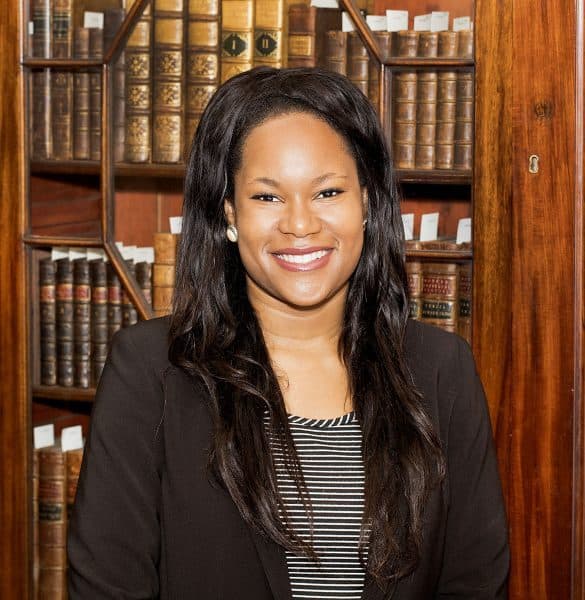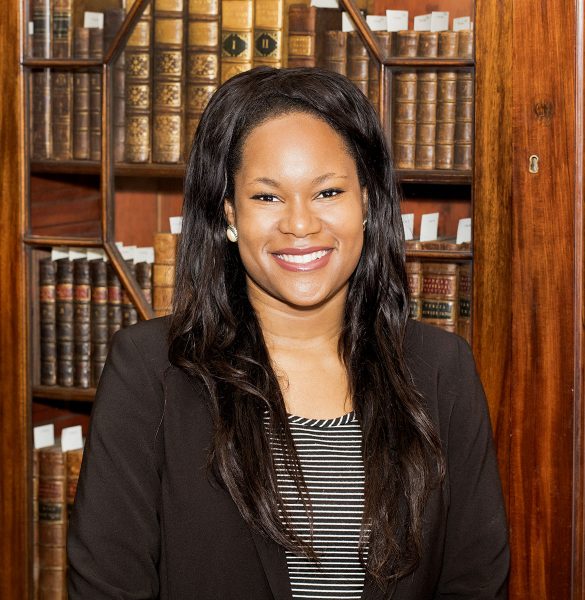Abi Bernard
Mellon Scholar Intern
Colored Conventions Transcription Project
In a series of occasional blog posts, participants in our Mellon Scholars Internship and Workshop programs will introduce themselves, discuss their experiences at the Library Company, and share their goals for pursuing careers in the field of early African American history. This program is generously funded by the Andrew W. Mellon Foundation.
In November 1858, the Convention of the Colored Men of Ohio convened in Cincinnati. The meeting commenced in its usual word of prayer before a series of issues were brought up for consideration. In the wake of the Fugitive Slave Law (1850) and Dred Scott decision (1857), the men discussed their constant fear of being kidnapped and enslaved, and frustration with a government supposedly opposed to “taxation without representation” allowed it to proliferate within their borders. The black American community was discouraged and disillusioned, and some of the members believed it was thus time to form an Antislavery Society of Ohio. The matter was debated, but ultimately resolved. A constitution was drafted, and the men made donations to the new Society, leaving the convention more assured of black Ohio’s participation in abolition both foreign and domestic.
Before working on the Colored Conventions Project, I had never transcribed a document nor heard of the Colored Conventions. Though the actual transcribing was rather tedious, I learned so much about what and how black Americans were discussing in the mid-1800s by reading the convention minutes. The members at the conventions were astute and honest, possessing a level of political consciousness that often is not attributed to antebellum African Americans. One of the conventions I transcribed, for example, was held in New York in 1872 and focused on slavery in Cuba. Other meetings addressed enslaved peoples’ struggles in Haiti and Canada, or other colonies throughout the West Indies and Central America. Global involvement is an important factor to remember when historically considering disenfranchised blacks, as this itself was a form of protest by challenging white American constructed narratives of blackness.
After I finished transcribing, the second portion of the project required me to search LCP’s print collection for images relating to the Colored Conventions. This was the most difficult part of the project because many times I found that, upon further background study, the prints—whether photos, maps, or even political cartoons—were entirely different from my original inclinations. Despite some setbacks, it was incredibly exciting to touch 150-year-old graphic material and see first-hand the world in which the men and women of the Colored Conventions lived. More than this, however, I am thankful I could play a small part in making their stories and tireless effort for freedom easily accessible.
Abi Bernard
Mellon Scholar Intern



